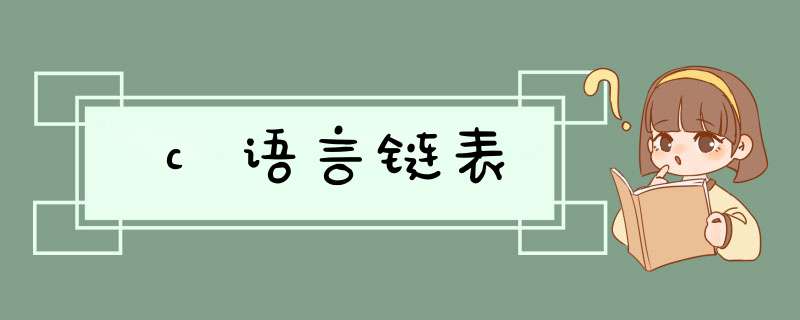
1.链表由一系列结点(链表中每一个元素称为结点)组成,结点可以在运行时动态生成。每个结点包括两个部分:一个是存储数据元素的数据域,另一个是存储下一个结点地址的指针域
2.使用链表结构可以克服数组需要预先知道数据大小的缺点,链表结构可以充分利用计算机内存空间,实现灵活的内存动态管理。但是链表失去了数组随机读取的优点,同时链表由于增加了结点的指针域,空间开销比较大。
3.链表允许插入和移除表上任意位置上的节点,但是不允许随机存取
#include
#include
/*结构体创建*/
typedef struct _node{
int value;
struct _node* next;
}Node;
Node* add(Node* head,int number);
void print(Node* head);
int main()
{
Node* head=NULL;
int number;
printf("输入数创建链表");
do{
scanf("%d",&number);
if(number!=-1){
head=add(head,number);//add函数为链表连接函数,在main函数下方
}
}
while(number!=-1);
print(head);
printf("输入想找的数");
scanf("%d",&number);
Node* p;
int isfound=0;
for(p=head;p;p=p->next)
{
if(p->value==number)
{
printf("找到了\n");
isfound=1;
break;
}
}
printf("删掉链表元素");
int number2;
scanf("%d",number2);
Node* q;
for(q=NULL,p=head;p;q=p,p=p->next)
{
if(p->value==number2)
{ if(q){
q->next=p->next;}
else{
head=p->next;
}
free(p);
break;
}
}
print(head);
/*整个链表删除*/
printf("删除链表");
for(p=head;p;p=q)
{
q=p->next;
free(p);
}
return 0;
}
/*链表连接*/
Node* add(Node* head,int number)
{
//add to linked-list
Node* p=(Node*)malloc(sizeof(Node));
p->value=number;
p->next=NULL;
Node* last=head;
if(last){
while(last->next)
{
last=last->next;
}
last->next=p;
}
else {
head=p;
}
return head;
}
void print(Node* head)
{
/*输出*/
Node* p;
for(p=head;p;p=p->next)
{
printf("%d\t",p->value);
}
printf("\n");
}
欢迎分享,转载请注明来源:内存溢出

 微信扫一扫
微信扫一扫
 支付宝扫一扫
支付宝扫一扫
评论列表(0条)